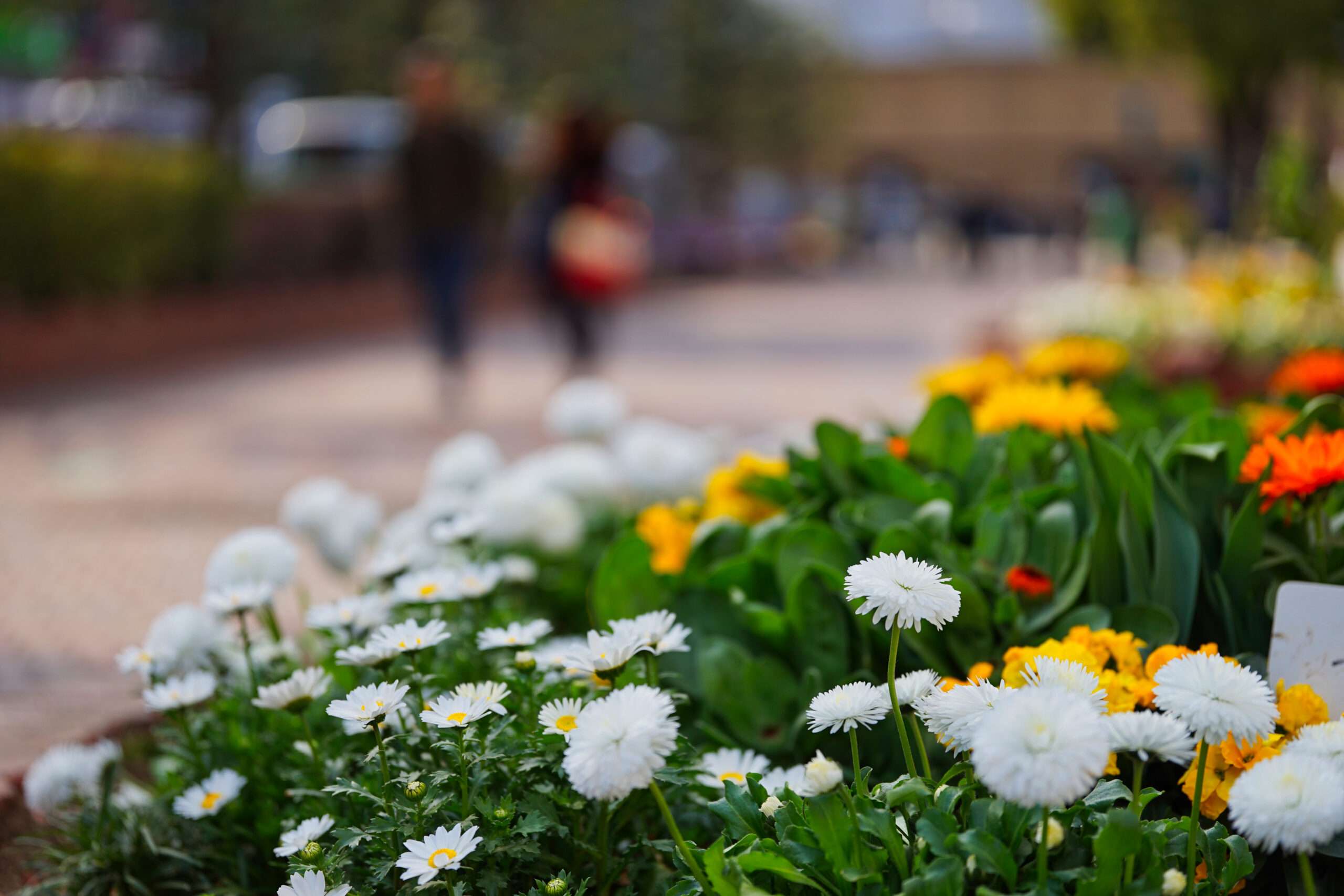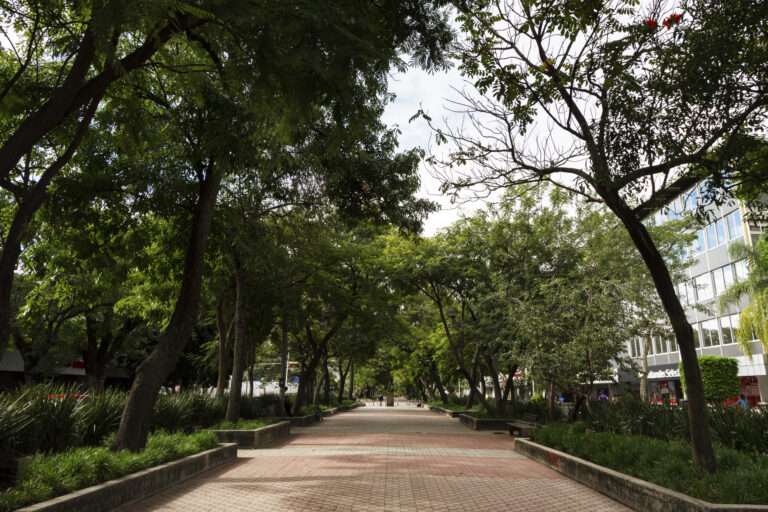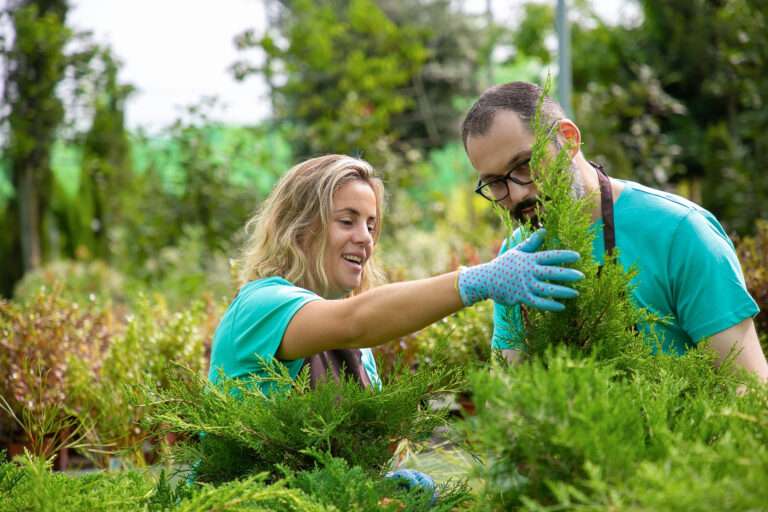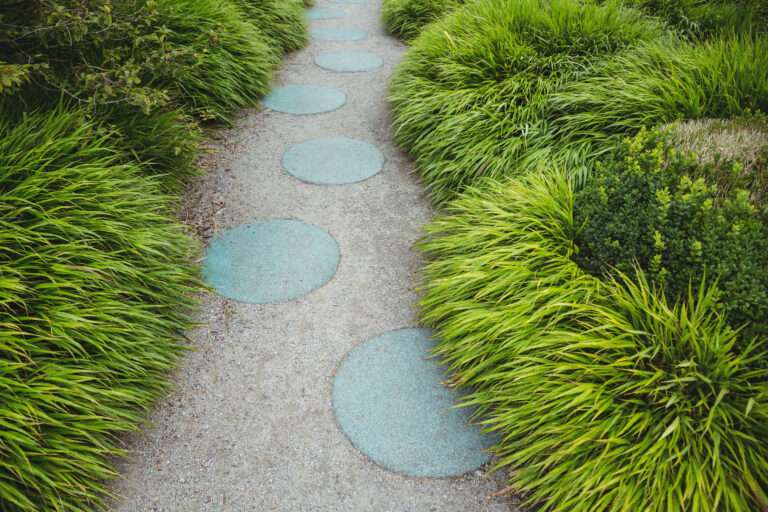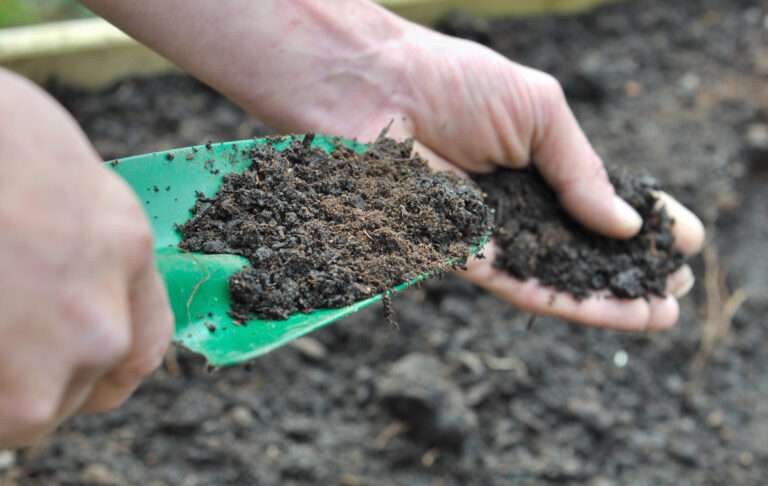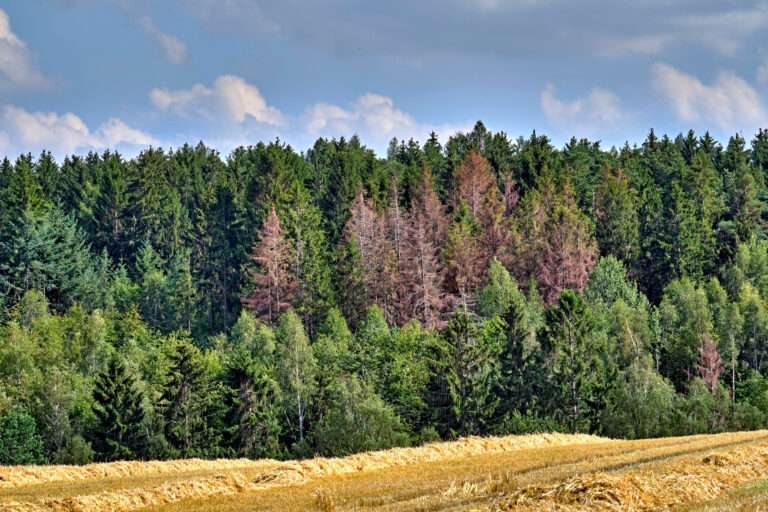Seasonal Planting Secrets: How to Create Year-Round Beauty in Urban Landscapes
Creating a landscape that looks attractive in every season is both an art and a science. Whether you’re managing a public park, commercial frontage, or a residential development, relying on summer colour alone isn’t enough. To keep your outdoor spaces vibrant and engaging all year, you need a carefully layered, well-planned approach to seasonal planting.
In this guide, we share practical seasonal planting tips to help UK landscape managers, developers, and local authorities design beds, borders and amenity spaces that deliver visual interest, structure, and biodiversity 365 days a year.
Why Seasonal Planting Matters
✔ Boosts Visual Appeal
Year-round planting ensures your landscape never looks barren or neglected. It enhances public perception and uplifts commercial, civic or community spaces.
✔ Reduces Replanting Costs
With smart planning, you can avoid ripping out tired annuals every few months. Perennials, bulbs and structured planting reduce long-term maintenance and spend.
✔ Supports Wildlife Throughout the Year
Seasonal planting offers continuous resources for pollinators, birds and beneficial insects—particularly when using native species and nectar-rich choices.
✔ Increases Footfall and Engagement
Well-maintained green spaces attract people in all seasons, encouraging longer visits, increased use, and improved health and wellbeing for users.
For expert support implementing seasonal schemes, visit our amenity planting page.
Seasonal Planting Breakdown: What to Focus On
🌸 Spring: Early Colour and Awakening
Key goals: Reintroduce colour, boost pollinators, lift tired winter spaces.
Top performers:
- Tulips & Daffodils – Planted the previous autumn, they burst through first.
- Pulmonaria (Lungwort) – Attractive foliage and early nectar.
- Primula vulgaris (Primrose) – Native, cheerful, and tolerant of most conditions.
- Aubrieta – Low-maintenance trailing option for beds and rockeries.
Pro tip: Mix early bulbs under deciduous shrubs to maximise ground usage.
🌿 Summer: Peak Colour and Volume
Key goals: Provide structure, showstopping beds, and long-lasting blooms.
Top performers:
- Lavandula (Lavender) – Iconic, fragrant, low-maintenance.
- Salvia nemorosa – Reliable flowering from early summer to late autumn.
- Nepeta (Catmint) – Sprawling beauty, good for pollinators.
- Allium spp. – Architectural and dramatic.
- Alchemilla mollis – Soft filler with frothy green-yellow blooms.
Pro tip: Prioritise perennials over bedding for reduced replanting and stronger ecological value.
🍂 Autumn: Foliage, Seedheads and Late Colour
Key goals: Transition the space gracefully, add warmth and structure.
Top performers:
- Rudbeckia fulgida – Bright yellow daisies that flower late.
- Sedum (Hylotelephium ‘Herbstfreude’) – Succulent-like with strong form.
- Miscanthus & Panicum (Ornamental Grasses) – Bring movement and late-season texture.
- Acer campestre (Field Maple) – Native tree with vibrant golden leaves.
Pro tip: Let seedheads stand. They add winter structure and feed birds.
❄️ Winter: Structure, Evergreens and Texture
Key goals: Maintain form, interest and a sense of greenery even in dormancy.
Top performers:
- Cornus alba ‘Sibirica’ – Red winter stems stand out dramatically.
- Sarcococca confusa (Sweet Box) – Shade-tolerant evergreen with winter fragrance.
- Helleborus niger (Christmas Rose) – Blooms even in frost.
- Ilex aquifolium (Holly) – UK native with berries and structure.
Pro tip: Use evergreen grasses like Carex and Heuchera for year-round ground colour.
Layering for Year-Round Effect
To maintain continuous interest, use layered planting:
- Ground layer: Bulbs, creeping thyme, primulas
- Mid layer: Herbaceous perennials and small shrubs
- Upper layer: Trees, hedges or tall grasses
This approach ensures that even as one group fades, another takes over—delivering a seamless transition through the seasons.
Frequently Asked Questions
How can I reduce seasonal replanting costs?
Focus on hardy perennials, self-seeding wildflowers, and long-lasting shrubs. Use bulbs for seasonal pops of colour that return each year with minimal effort.
Should I change the whole planting scheme with the seasons?
Not necessarily. A well-designed permanent planting scheme should carry interest through the year, with only minor seasonal additions like bedding or container updates.
What are the easiest ways to add winter interest?
Use evergreens, stem colour (like Dogwoods), seedheads, berries, and architectural grasses. You don’t need flowers to have impact in winter.
Can seasonal planting support biodiversity?
Absolutely. A mix of flowering times, structures and species (especially native plants) supports a wider range of insects and birds throughout the year.
Planning Tips for Success
✔ Start with a Site Assessment
Understand light, exposure, drainage and usage patterns. This informs your plant choice and layout.
✔ Focus on Focal Points
Beds near entrances, seating or sightlines should offer standout value in all seasons.
✔ Balance Colour and Form
Don’t rely on flowers alone. Foliage colour, stem texture, seedhead shape and plant height all matter.
✔ Use Repetition for Impact
Repeat key plants or colours throughout a scheme for cohesion and rhythm across the seasons.
Conclusion
Seasonal planting isn’t just about flowers—it’s about creating outdoor spaces that feel alive, attractive and purposeful throughout the year. By using layered planting, resilient perennials, native species, and smart combinations, you can craft amenity spaces that change with the seasons while remaining visually engaging and ecologically valuable.
The result? Landscapes that offer colour in spring, texture in summer, richness in autumn and structure in winter—all without blowing your maintenance budget.
Killingley Insights is the editorial voice of NT Killingley Ltd, drawing on decades of experience in landscaping, environmental enhancements, and civil engineering projects across the UK.


